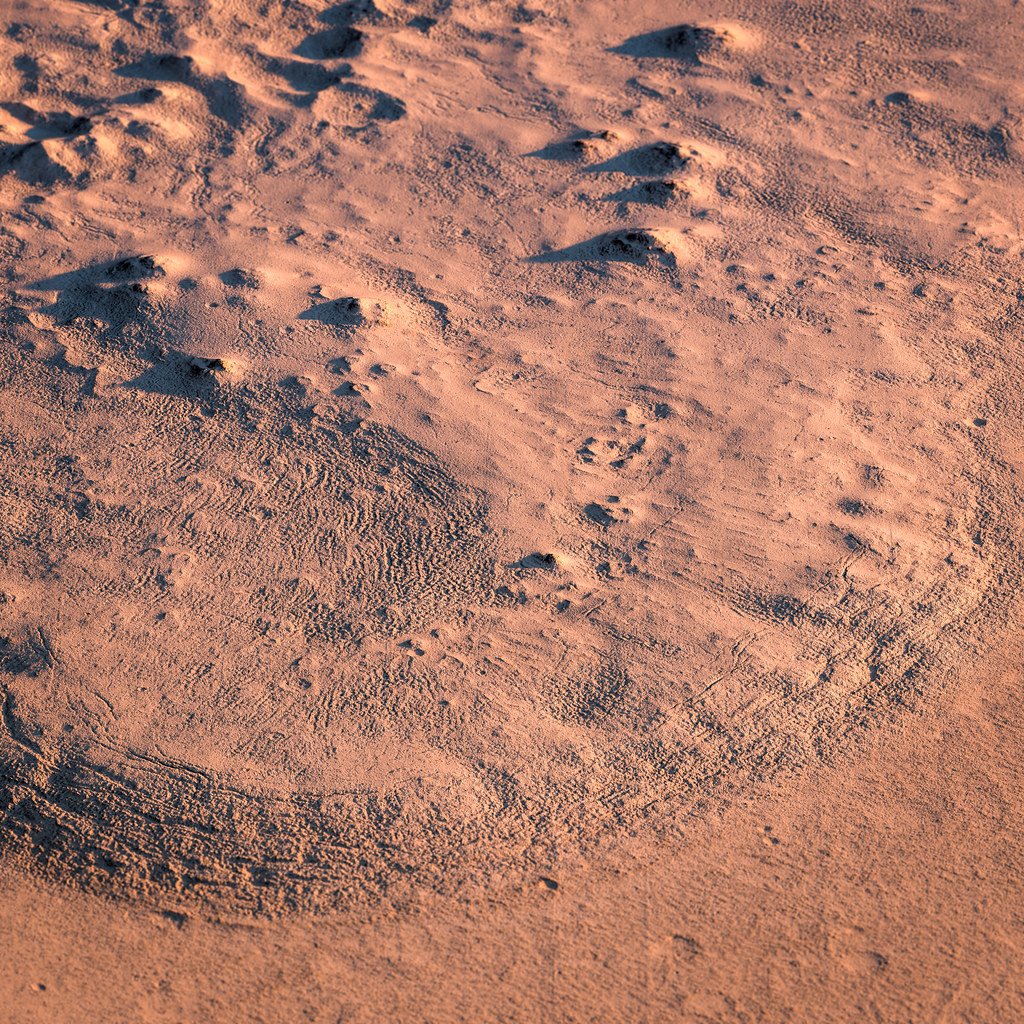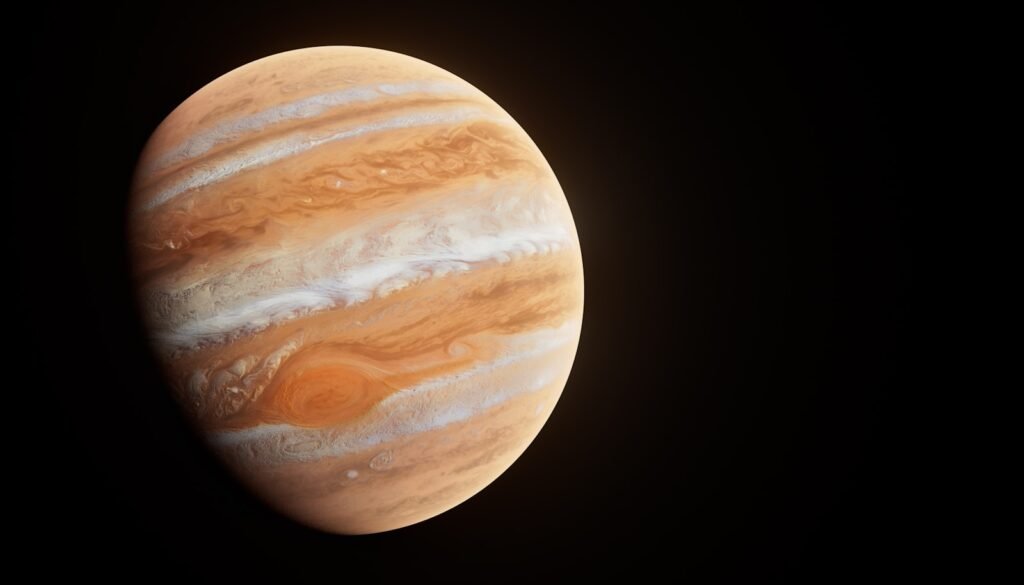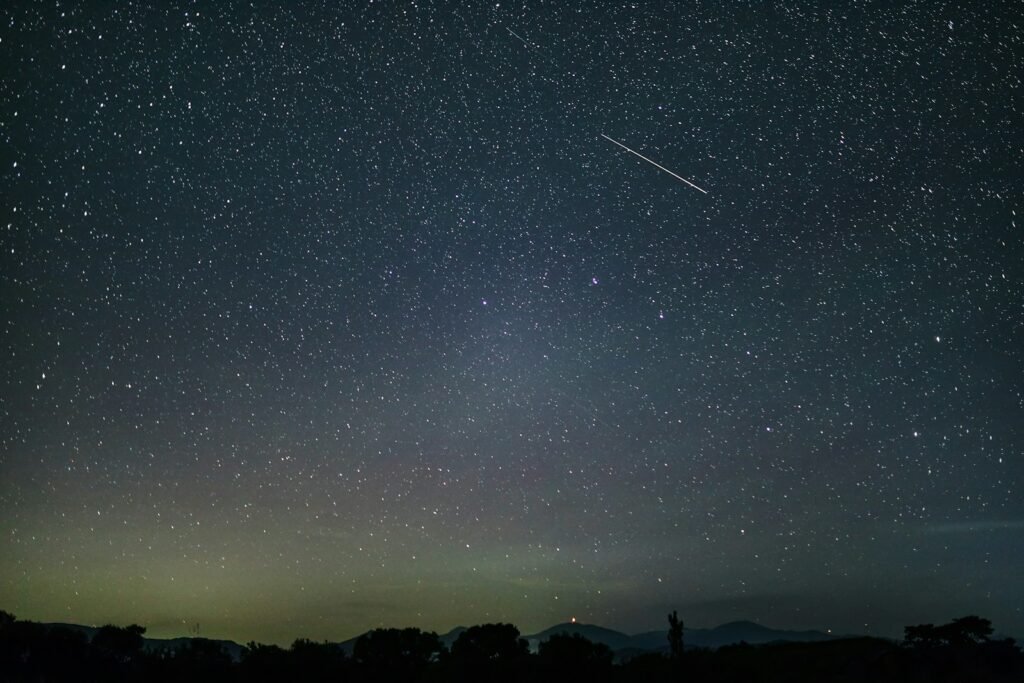The Red Planet has always held our fascination, but recent discoveries are shaking up everything we thought we knew about Mars. For decades, scientists assumed this dusty world was geologically dead, with its volcanic fires extinguished billions of years ago. However, mounting evidence from multiple NASA missions is painting a completely different picture. Mars might even still be volcanically alive today.
The implications go far beyond simple planetary geology. If Mars truly has active volcanoes, it could mean the planet might still harbor conditions suitable for life, fundamentally changing our approach to exploring our neighboring world. Let’s dive into the groundbreaking discoveries that are rewriting the story of Martian geology.
Recent Volcanic Eruption Evidence Stuns Scientists

The most shocking discovery came from analyzing satellite imagery of a previously overlooked region. Scientists discovered what may be the youngest volcanic deposit yet documented on Mars, located in the Elysium Planitia region. If researchers compressed Mars’ entire geologic history into a single day, this eruption would have occurred in the very last second.
This wasn’t just any ordinary volcanic activity. The eruption produced an 8-mile-wide, smooth dark deposit covering an area slightly larger than Washington, D.C. The eruption could have spewed ash as high as 6 miles into Mars’ atmosphere. The deposit sits atop existing lava flows, suggesting it represents a completely different style of explosive volcanism than previously identified on Mars.
The Elysium Planitia Hotspot Reveals Hidden Activity

Elysium Planitia is a large, flat plain north of the Martian equator and the second largest volcanic region on the planet. It is also home to the most recent volcanic eruptions on Mars, which occurred relatively recently in geological terms. This timeframe is incredibly recent in geological terms, especially for a planet many assumed was dormant.
The region has become the epicenter of Martian geological activity. While the dramatic giant volcanoes elsewhere on Mars tell a story of ancient dynamics, the current hotspot seems to be in the relatively featureless plains of Elysium. Remarkably, one region hosts the epicenters of present-day earthquakes, the most recent floods of water, the most recent lava flows, and now an even more recent explosive volcanic eruption.
NASA’s InSight Lander Detects Martian Earthquakes

Since landing in November 2018, the InSight mission has proven that Mars is seismically active, with thousands of seismic events recorded. These aren’t random tremors scattered across the planet. Most of these events are located on the major graben system of Cerberus fossae and, a little further north, on the secondary system of Grjotá Valles.
The young age of recent volcanic deposits raises the possibility that there could still be volcanic activity on Mars, and it’s intriguing that recent Marsquakes detected by the InSight mission are sourced from the Cerberus Fossae. The research team predicted this to be a likely location for Marsquakes several months before NASA’s InSight lander touched down on Mars.
Giant Underground Plume Drives Martian Activity

Scientists have made an astonishing discovery beneath Mars’ surface. Using data from InSight and NASA’s Mars Odyssey spacecraft, researchers demonstrated there is an active mantle plume about the size of the continental United States underneath Elysium Planitia. This massive blob of hot rock is pushing upward from deep within the planet.
In terms of what scientists expect to see with an active mantle plume, Elysium Planitia is checking all the right boxes. Researchers used to think that InSight landed in one of the most geologically boring regions on Mars. Instead, the study demonstrates that InSight landed right on top of an active plume head. This discovery poses significant challenges to current models of planetary thermal evolution.
Explosive Volcanism Differs from Ancient Patterns

The recent volcanic activity represents something entirely different from Mars’ ancient volcanic history. The majority of volcanism in Elysium Planitia consists of lava flowing across the surface, similar to recent eruptions in Iceland. Although there are numerous examples of explosive volcanism on Mars, they occurred long ago. However, this deposit appears to be different, overlying surrounding lava flows as a relatively fresh deposit of ash and rock.
The properties, composition and distribution of material from the eruption match what researchers would expect from a pyroclastic eruption – an explosive outburst of magma driven by expanding gases, not unlike the opening of a shaken can of soda. The violent nature of this eruption sets it apart from the gentle lava flows that characterize most Martian volcanism.
Methane Plumes Add Another Piece to the Puzzle

The volcanic evidence doesn’t stand alone. The volcanic deposit, along with ongoing seismic rumbling detected by InSight and possible evidence for releases of methane plumes into the atmosphere detected by NASA’s MAVEN orbiter, suggest that Mars is far from a cold, inactive world. These methane detections have long puzzled scientists, as the gas breaks down quickly in the Martian atmosphere.
Volcanism might provide an explanation for methane observations that have excited astrobiologists for years. On Earth, methane is produced by volcanoes but also by algae and cows, making it a potential biomarker. This was particularly interesting when Mars was thought to be volcanically inactive. If that has changed, the methane suddenly becomes much less interesting from a biological perspective.
Massive Ancient Super-Eruptions Reshape Understanding

Mars hasn’t just been recently active – it experienced volcanic violence on an unimaginable scale in its past. Scientists found evidence for thousands of super eruptions in the Arabia Terra region, which are the most violent volcanic explosions known. Spewing water vapor, carbon dioxide, and sulfur dioxide into the air, these explosions tore through the Martian surface over a 500-million-year period about 4 billion years ago.
Each one of these eruptions would have had a significant climate impact – maybe the released gas made the atmosphere thicker or blocked the Sun and made the atmosphere colder. It turned out there were thousands of eruptions, fundamentally altering our understanding of early Martian climate and atmospheric evolution.
Giant Volcano Discovery in Unexpected Location

Even more surprises await. Scientists recently discovered a huge and deeply eroded volcano in an area where they had found the remains of a glacier last year. This finding came from the eastern part of Noctis Labyrinthus, situated between Mars’ largest volcanic and canyon provinces.
A caldera remnant – the remains of a collapsed volcanic crater once host to a lava lake – can be seen near the center of the structure. Lava flows, pyroclastic deposits made of volcanic materials such as ash and pumice, and hydrothermal mineral deposits occur in several areas within the perimeter of the volcanic structure. The volcano’s placement suggests it may have interacted with both ice and liquid water throughout its history.
Implications for Life on Mars

The possibility of active volcanism dramatically changes the equation for life on Mars. A volcanic deposit raises the possibility for habitable conditions below the surface of Mars in recent history. The interaction of ascending magma and the icy substrate of this region could have provided favorable conditions for microbial life fairly recently and raises the possibility of extant life in this region.
Some hallmarks of the volcanic deposit raise the possibility of conditions capable of supporting microbial life existing below the surface of Mars. The interaction of ascending magma and the icy substrate could have provided favorable conditions for microbial life fairly recently and raises the possibility of extant life in this region. This creates a compelling target for future missions seeking signs of Martian life.
What This Means for Future Mars Exploration

These discoveries are revolutionizing how scientists approach Mars exploration. Researchers now know that Elysium Planitia is both the most volcanically and seismically active area on the planet today. If lava was erupting to the surface only 50,000 years ago, and the area is still rumbling with seismicity today, that means it could erupt again.
The implications extend beyond simple geological curiosity. All these data seem to be telling the same story: Mars isn’t dead. This realization demands a complete reconsideration of mission planning, landing site selection, and the search for life on our neighboring planet.
The evidence is becoming undeniable – Mars is far more geologically active than anyone imagined just a few years ago. From recent explosive eruptions to massive underground plumes, ongoing seismic activity to mysterious methane releases, the Red Planet is revealing itself as a dynamic, potentially living world. This may be the most recent volcanic eruption on Mars, but scientists can rest assured that it won’t be the last.
What do you think about the possibility of active volcanoes on Mars? Tell us in the comments.




